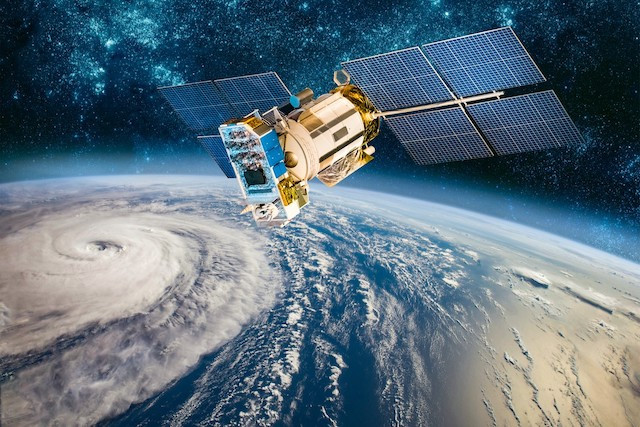Lawmakers in 2018 had approved €170m in funding for the satellite, which would be operated by the Luxembourg military--and made available to allies and organisations like the Nato and the UN--for observation and reconnaissance.
But the government in March this year had to ask for another €180m after an audit revealed the initial sum to be vastly insufficient to build the satellite, shoot it into space and run it for a period of ten years. The amount was later scaled down to €139m.
Members of a budget supervisory committee in parliament have since tried to piece together how the mismatch occurred. They have heard current defence minister François Bausch, his predecessor Etienne Schneider--who spearheaded the plans--as well as officials from the military and LuxGovSat, which operates the GovSat-1 satellite in partnership with the government.
LuxGovSat was slated to take on Luxeosys, according to Schneider, but then didn’t apply for the contract in only one of the contradictions brought forward during the committee interviews.
146-page report
Diane Adehm (CSV) and Guy Arendt (DP) on Tuesday presented the committee with a 146-page report summarising the fact-finding mission but the opposition and majority parties reached different conclusions.
MPs from the CSV, the Pirate Party, déi Lénk and the ADR said an official inquiry committee--or at least a so-called special committee--should be set up to fully get to the bottom of the matter.
But the DP, LSAP and déi Gréng said the committee had all the information it needed to submit a set of recommendations to the government to prevent a case like this happening again in future, citing miscommunication as the main problem.
The recommendations include a more detailed breakdown of project finances in the laws submitted to parliament and regular updates from the government to MPs on how a project of this scale is developing.
Lawmakers also said that different players involved in projects like Luxeosys needed to cooperate better. During the interviews that took place between March and September, since-retired army general Alain Duschène said he had not been fully informed of the project, even though the army was supposed to be in charge of the satellite.
For example, an assessment as to whether the army’s HQ near Diekirch would be a suitable site for the satellite’s antennae and base stations happened only after parliament had already voted on the budget, Duschène said.
Vote in November
It turned out that the site wasn’t suitable, and the stations' prospective location was moved to Redu, Belgium. Other additional costs include more secure IT infrastructure and back-up servers, more staff and offices, renting an antenna in Svalbard, Norway, to transmit satellite images, as well as maintenance of the entire IT system.
With the inquiry committee off the table, the project could be subject to a parliamentary vote by mid-November, where it is likely to pass with a simple majority by the government parties.
Luxembourg has promised Nato that Luxeosys would be operational by 2023. It forms part of plans to increase military spending, with the grand duchy far from meeting a 2% of GDP spending pledge. It spent roughly 0.6% of GDP on the military last year and expects to increase this amount to 0.69% by 2023.
The satellite will transfer 100 high resolution images covering sections of 10 by 10 kilometres of the Earth’s surface per day, for example to monitor natural disasters or provide intelligence on conflict zones, by orbiting the planet 15 times.
